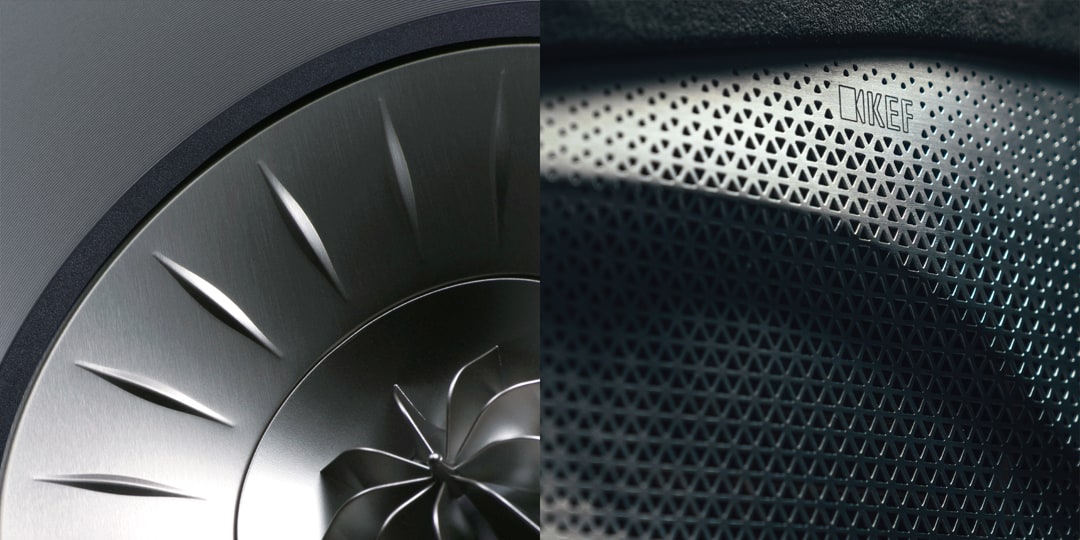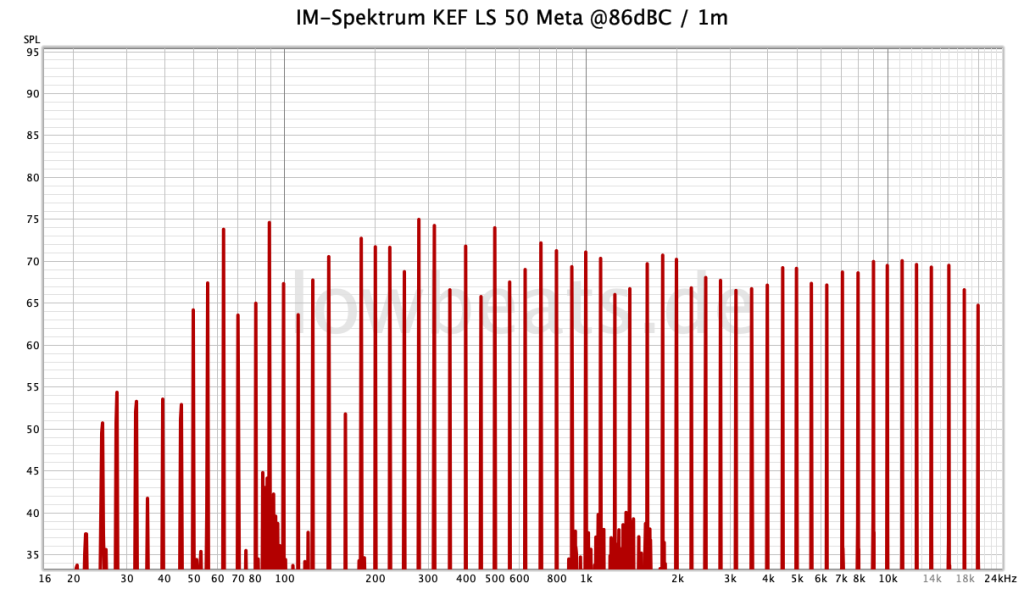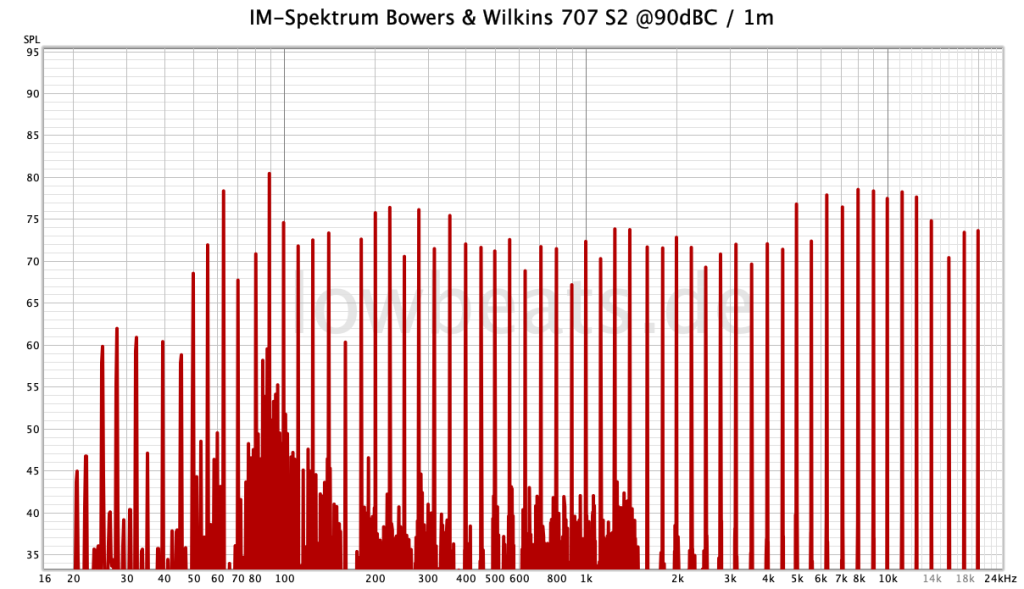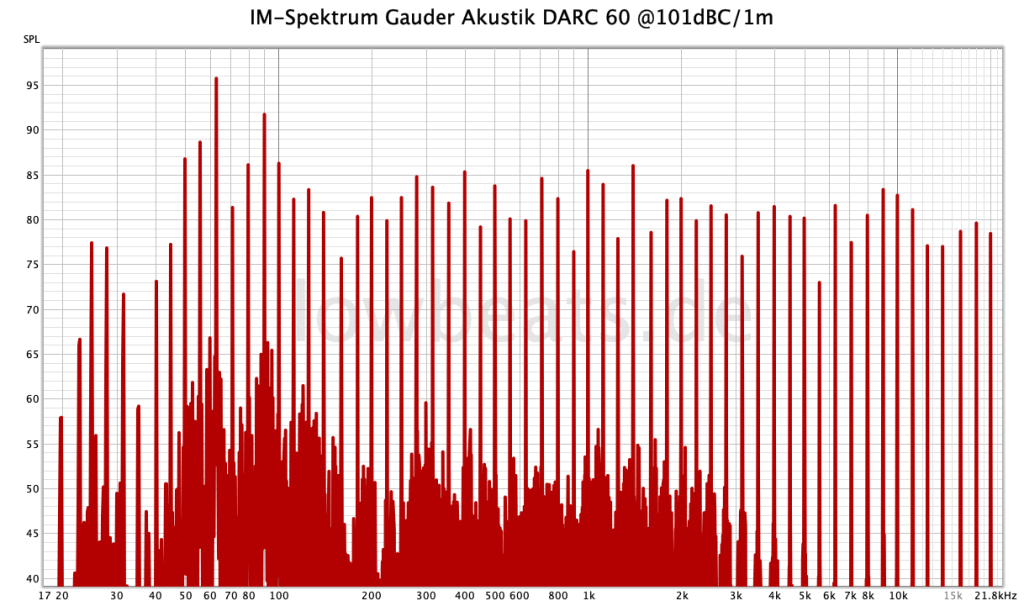The automotive coaxial aren’t Hi-Fi anyway but people have been going on about problems like this in coaxial for decades.Nice to see this quantified! And makes me wonder, when you have like LS50 cranked up and the woofer moving way back and forth, what is the effect on the tweeter response? That's the Achilles' Heel of two-way coax design and I've never seen it measured or even discussed much. This is especially so for models like Uni-Q or Uni-Fi, but we might still expect some effect from automotive-style coaxials where the tweeter is out on a bridge in front of a 6x9 or whatever cone.
I'm not sure how you'd move the woofer cone in/out to its extremes other than DC signal, or some kind of physical thing like jamming paper towels on the back side.
I am sure if it was of any consequence the people who make them would have tested and if they found a problem would either never have gone into production or stopped making them decades ago, it isn’t as if it isn’t a blindingly obvious possibility, so we can be pretty confident it isn’t actually a problem.
IMHO





